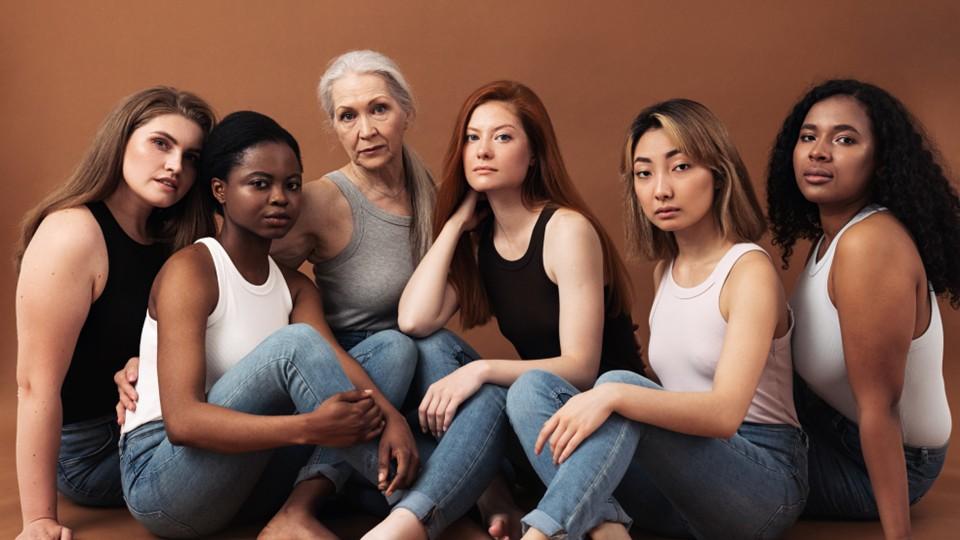Novartis results show Zolgensma early growth wasn’t a fluke

Novartis’ bumper crop of new product launches in 2019 helped it post 9% sales growth in the fourth quarter, and showed that a high price hasn’t dampened take-up of new gene therapy Zolgensma.
Overall, sales were $2.4 billion in the fourth quarter, coming in a little ahead of analyst consensus estimates, helping operating profit to climb 17% to $1.8 billion.
Zolgensma (onasemnogene abeparvovec) – Novartis’ $2.1 million drug for muscle wasting disease spinal muscular atrophy (SMA) which launched in the US in May – added $186 million in the quarter and took its total tally for the year to $361 million.
Novartis said the gains came from increased screening of newborns for SMA and improving reimbursement coverage among commercial health insurance plans as well as Medicaid, which provides cover for people on low incomes.
Commercial coverage is now at 97%, with Medicaid running at around 50%, according to the company.
Previously, some analysts had suggested take-up of the one-shot therapy was being held up by restrictions in US commercial plan formularies which could make it difficult for Zolgensma to meet its $2 billion-a-year sales prediction.
Novartis has however offered instalment payments over five years as well as a pay-for-performance model to encourage its use, and those efforts seem to be paying off.
Chief executive Vas Narasimhan (pictured) said the year had been an exceptional one for the company, with the performances of heart failure therapy Entresto (valsartan/sacubitril), Cosentyx (secukinumab) for psoriasis and cancer drugs Kisqali (ribociclib) and Lutathera (lutetium Lu 177 dotatate) among the highlights.
Entresto rose almost two-thirds to $518 million in the quarter, while Cosentyx shrugged off a tougher competitive market for psoriasis therapy with a 21% rise to $965 million.
Meanwhile, Kisqali – long an underperformer in Novartis cancer portfolio – has sprung to life thanks to new data in metastatic breast cancer patients and climbed 158% to $155 million, while prostate cancer radiopharmaceutical Lutathera rose 31% to $107 million.
Overall, the company is expecting 2020 sales to grow by a mid- to high-single digit percentage.
On the R&D front, Novartis scored five new product approvals in 2019. Along with Zolgensma, that list included multiple sclerosis therapy Mayzent (siponimod), Piqray (alpelisib) for breast cancer, wet age-related macular degeneration (AMD) Beovu (brolucizumab) and sickle cell disease therapy Adakveo (crizanlizumab).
Fourth-quarter sales of Mayzent came in at $17 million, with Piqray adding another $67 million and Beovu – billed as a successor to Novartis declining AMD blockbuster Lucentis (ranibizumab) – making $35 million following its launch in October.
The strong financial performance comes after a shake-up of Novartis’ operations as it strips down to a leaner business model. It has already culled a load of pipeline programmes, sold off its consumer healthcare business to GlaxoSmithKline, spun out eyecare business Alcon and started selling off some generic drug assets.
Narasimhan also said Novartis is planning to double its sales in China, currently about $2 billion a year, by 2024. He added that he didn’t think the company would be affected by the ongoing coronavirus outbreak in the country, but that it is suspending business travel to Wuhan, the city most affected.













